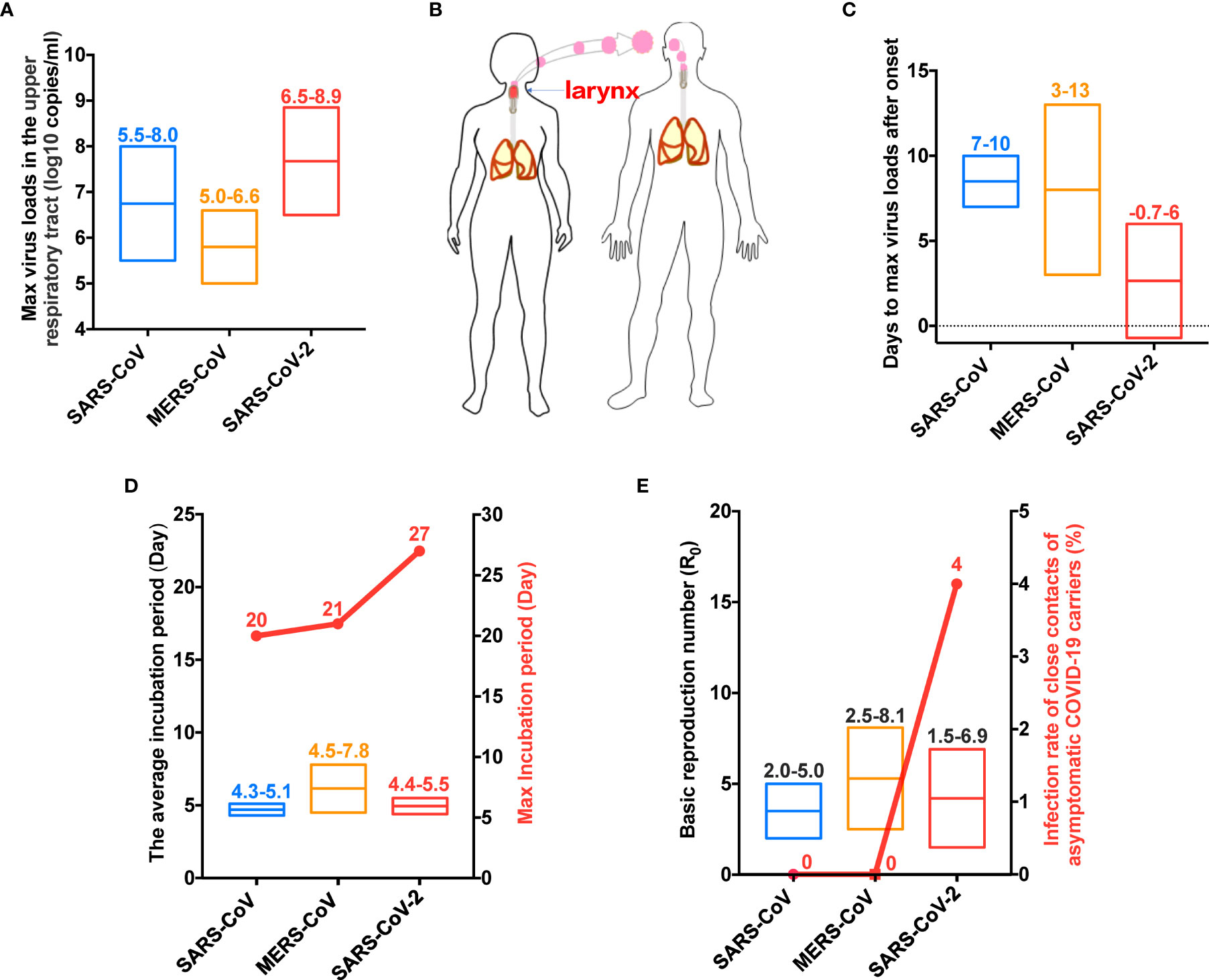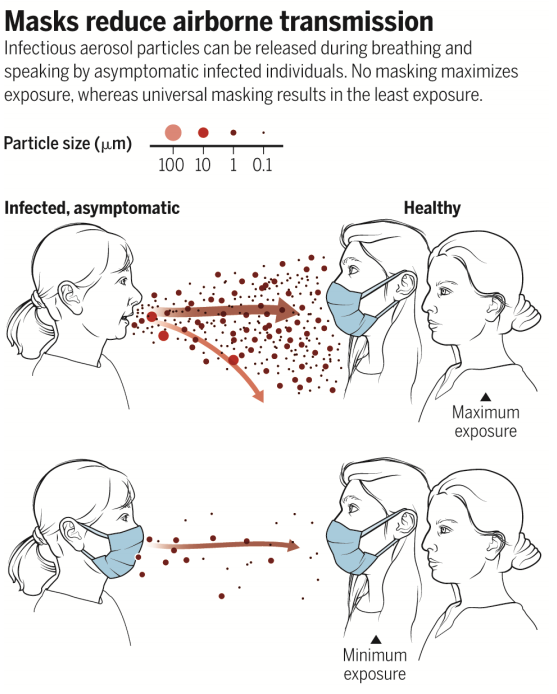
The severity of symptoms puts a strain on health systemsĮven though some people who are infected have no symptoms or mild symptoms, the novel coronavirus can inflict serious damage. The SARS epidemic officially ended in 2004 after sickening 8,098 people there have been no known cases reported since. So as soon as someone showed symptoms, they were quarantined - which effectively stopped that virus from transmitting, Peiris says. "For SARS-CoV-2, a lot of the transmission is from asymptomatic, or mildly symptomatic people," Pruijssers says.īy contrast, SARS-CoV-1, a related coronavirus that caused an epidemic in Asia in 2003, was most infectious when people were symptomatic. "It's a balance," he says, pointing out that other viruses such as dengue fever and chikungunya have surged and then died down in certain locations.Įven before symptoms develop, infected people can spread this virus by speaking, singing, coughing and breathing out virus-laden droplets in close proximity to others. When a virus spreads too quickly, enough people in a community may catch it to create " herd immunity." With fewer people to infect, the virus's rapid spread can ensure its own demise, says Malik Peiris, a virologist at the University of Hong Kong. but not so fast that it'll knock itself out All it takes to introduce the illness to a new continent is a single person who travels there while infectious. Unlike Ebola, where direct contact with blood and other bodily fluids is the main route of infection, you don't have to touch someone to be infected with SARS-CoV-2 - all it takes is getting close enough to an infected person and breathing in respiratory droplets they exhale.Īnd because it's transmitted rapidly through the respiratory route, "it's a virus that has the capacity to spread across the globe fairly easily," Pruijssers says. As a result, the virus can be readily passed onward through breath and spittle expelled from the nose and mouth. The coronavirus causes COVID-19, a respiratory disease that infects the sinuses, throat, lungs - all parts of the body involved with breathing. Megan Freeman, a virologist at Children's Hospital of Pittsburgh, who conducted her doctoral research on coronaviruses. One of the novel coronavirus's biggest advantages is how easily it spreads from human to human, says Dr. When combined in one microscopic virus, the result is what coronavirus researcher Andrea Pruijssers of Vanderbilt University calls a "perfect storm" - a one-in-a-million virus capable of triggering a worldwide health crisis. Virologists point to several key traits that this virus possesses.

What was it about this coronavirus - later named SARS-CoV-2 - that made it the one to spark a global pandemic?

"This is the sixth time a global health emergency has been declared under the International Health Regulations, but it is easily the most severe," said Tedros Adhanom Ghebreyesus, WHO's director-general, on Monday. It is one of the leading causes of death in the U.S. Six months later, the tiny coronavirus has spread around the world, infecting more than 16 million people worldwide and killing more than 650,000. On January 30, the World Health Organization declared the novel coronavirus - then unnamed - to be a "Public Health Emergency of International Concern." The virus, first reported in China in late 2019, had started to spread beyond its borders, causing 98 cases in 18 countries in addition to some 7,700 cases in China at the time.


 0 kommentar(er)
0 kommentar(er)
